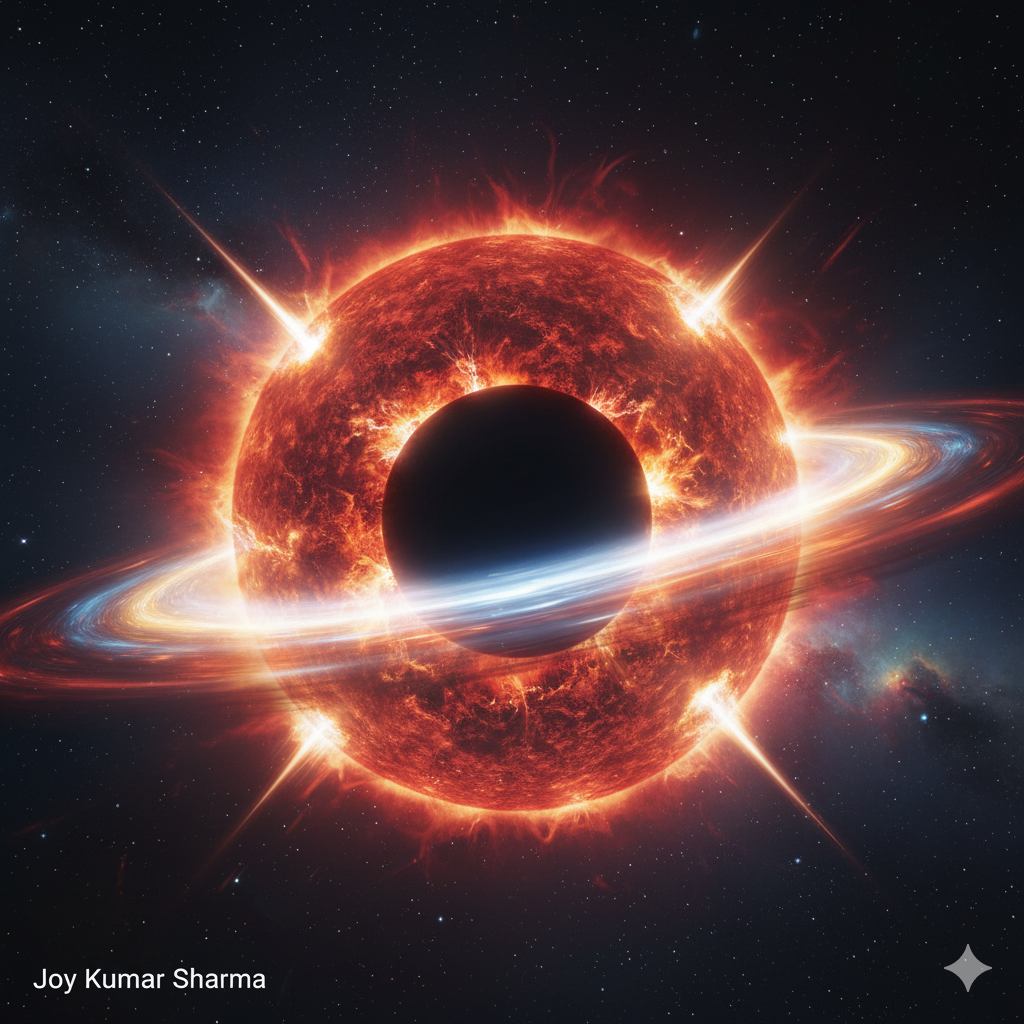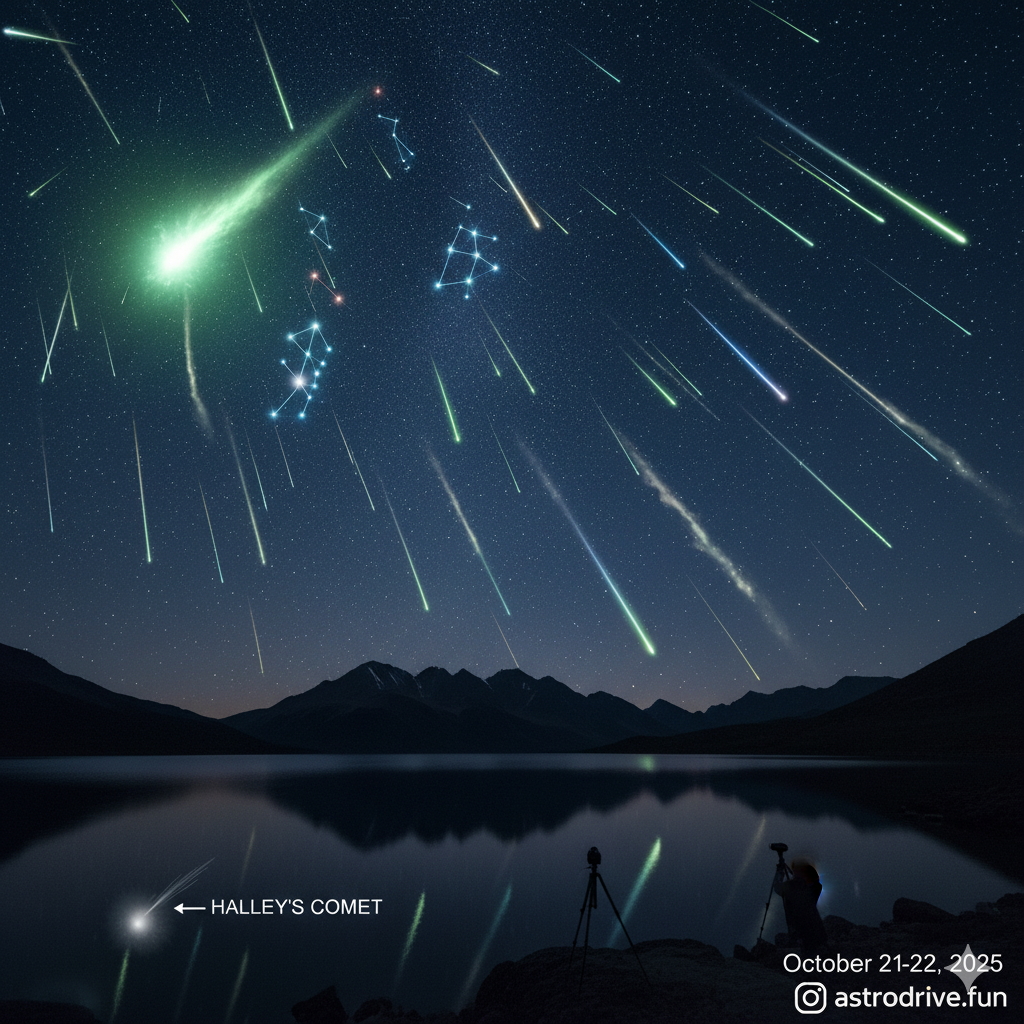Planetary Conjunctions 2025: What Are These Two Bright “Stars” in the Sky?

Spotted two bright dots shining side by side? It could be planets! Use the free Sky Tonight app to check when to spot them in your city. Also, learn when the next planetary pairing will be visible in the sky by reading this article.
What is planetary conjunction?
In simple words, a planetary conjunction occurs when two or more planets appear close to each other in the sky. Such proximity of planets is an optical illusion — in reality, they are very far away from each other.
From an astronomical point of view, a conjunction happens when celestial objects share the same right ascension or ecliptic longitude in the sky.
To really understand what a conjunction is, let’s also break down what right ascension and ecliptic longitude are.
Right ascension is the equivalent of longitude on the Earth’s surface projected onto the celestial sphere.
Ecliptic is an imaginary line that marks the Sun’s apparent path across the sky during a year. Ecliptic longitude is measured along the ecliptic eastwards from the Sun’s position at the March equinox. For a clearer understanding of celestial coordinates, explore our dedicated infographic.
When planets are at their closest angular separation but do not have the same right ascension or ecliptic longitude, this is called a close approach. A close approach and a conjunction often occur close together, but not always, so don’t confuse these events!

An example of a conjunction. During a conjunction, celestial objects — such as planets, the Moon, asteroids, or stars — share the same right ascension or ecliptic longitude and appear close together in the sky.
Usually, the distance between objects during a conjunction varies from 0.5° to 9°. To get it better, imagine that 0.5° is the average width of a Full Moon disk.
A conjunction can include other celestial objects besides planets — for example, moons, asteroids, or stars. In our article, we list the upcoming conjunctions of the Moon and planets, so you can learn which planet is close to the Moon tonight.
Planetary conjunction and planetary alignment: what’s the difference?
Some people confuse a planetary conjunction and a planetary alignment, sometimes referred to as a “planet parade.” In an alignment, more than two planets gather closely in the same area of the sky as seen from Earth. Interestingly, some planets can simultaneously be in conjunction with each other while also part of a planetary alignment.
What is a triple conjunction?
A triple conjunction is an astronomical event when two planets, or a planet and a star, appear to meet in the sky three times within a short period (over a few weeks or months). This is due to the change in the planets’ apparent motion as seen from the Earth. Normally, planets drift eastward against the background stars in a prograde direction, but then they appear to reverse direction (go retrograde) for a while before returning to their normal prograde motion. The first conjunction of the planets happens while both move prograde, the second occurs when at least one of them appears to reverse course, and the third — after one or both of them resume forward motion.
Triple conjunctions should not be confused with planetary alignments, where multiple planets gather closely in the sky. Unlike alignments, a triple conjunction only involves two celestial objects repeatedly meeting in the sky.
There are three main types of triple conjunctions:
- Between inferior planets*: These occur almost every time Venus passes behind the Sun (superior conjunction), but the second conjunction is usually hidden in the Sun’s glare. Less frequently, they occur when both planets pass between the Earth and the Sun (inferior conjunction), but again, the second conjunction is often unobservable.
- Between an inferior planet and a superior planet**: The triple conjunctions of this type occur about once every 10 years. They happen when an inferior planet is in its retrograde phase while a superior planet is near opposition. Typically, the second conjunction happens when the inferior planet is too close to the Sun to be seen. However, if bright planets like Venus and Jupiter are involved, all three conjunctions may be easily visible.
- Between two superior planets: These occur about once every 10 years, too, but those featuring only bright planets (Mars, Jupiter, or Saturn) are extremely rare, happening once in a century at most. All three conjunctions can typically be observed in this type of triple conjunction. Both planets, being outside Earth’s orbit, reach opposition to the Sun in the sky near that period, so none of the three meetings are lost in the Sun’s glare. The next triple conjunction of this type is the triple conjunction of Saturn and Neptune in 2025–2026.
What is a Great Conjunction?
A Great Conjunction is a conjunction between Saturn and Jupiter. It’s called “great” because it’s the rarest conjunction between naked-eye planets. Saturn and Jupiter move slowly around the Sun and encounter roughly every 20 years when Jupiter “overtakes” Saturn in its orbit. The most recent Great Conjunction took place in 2020, when the two planets appeared just 0.1° apart, the closest since 1623. Next time, a Great Conjunction will occur on November 4, 2040.





